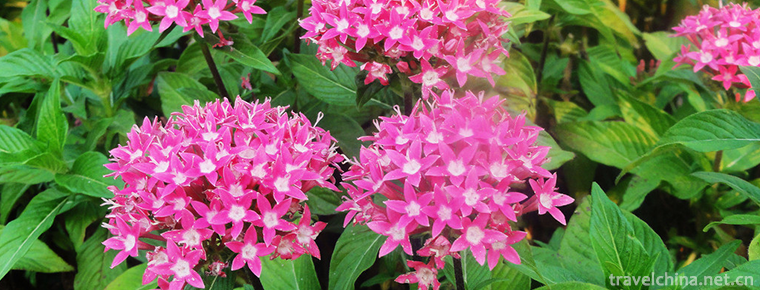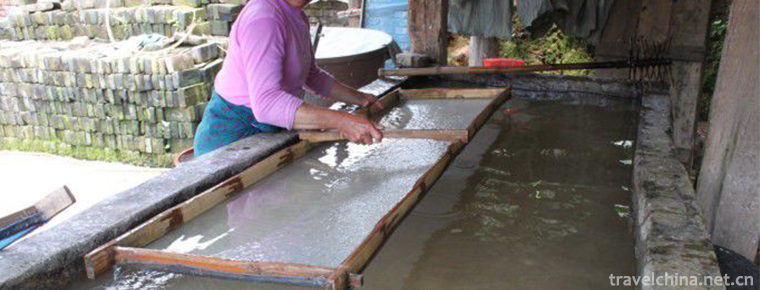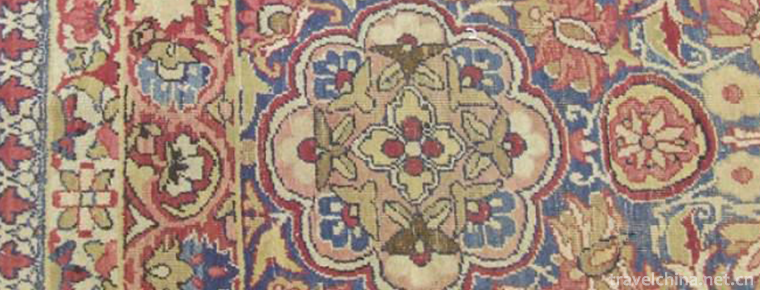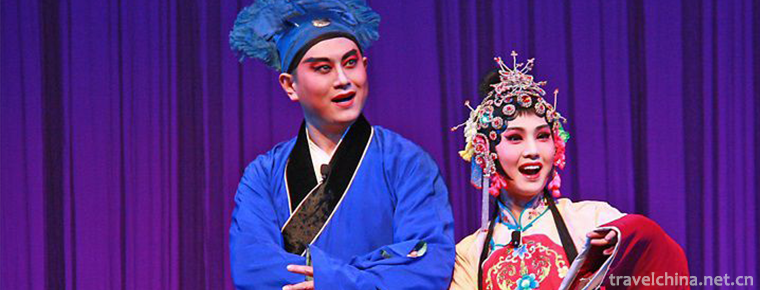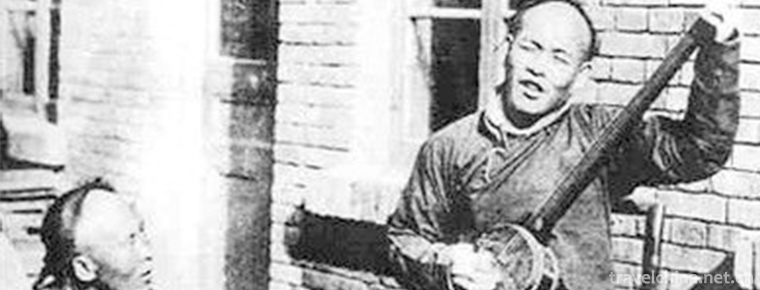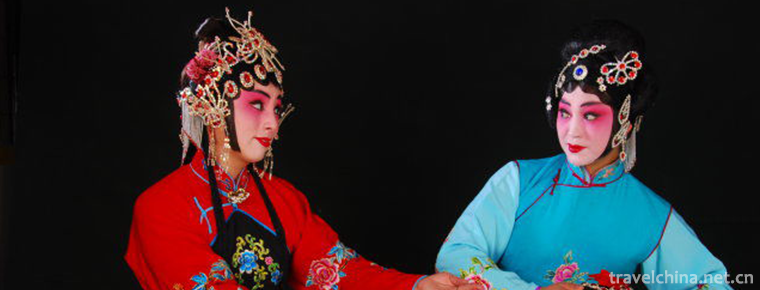Yi Folk Songs
Yi Folk Songs
Yi folk song is an important carrier of Yi culture and one of the most important forms of inheriting Yi culture. It records the history, science, production and life, traditional customs, philosophy, and other rich and colorful Yi culture.
On June 7, 2008, Yi folk songs were listed in the second batch of national intangible cultural heritage list with the approval of the State Council.
historical origin
The Yi people are distributed in Yunnan, Sichuan, Guizhou and Guangxi Zhuang Autonomous Region. The Yi language belongs to the Yi branch of the Tibetan-Burmese language family of the Sino-Tibetan language family, with six dialects. The Yi people have their own characters. They are the earliest syllabic characters in China. Among them, there are more than 1,000 commonly used ones.
There are different kinds of Yi folk songs. Generally speaking, they can be divided into narrative songs, folk songs, love songs, dance songs and nursery songs.
Narrative songs are mostly folk songs of the Yi nationality. They can be used not only for singing about creation and national history, but also for ritual activities such as offering sacrifices to dragons and mountains. Generally speaking, these folk songs have strong narrative, so the general structure is short, the range is not wide, and the melody changes are not too big.
Most folk songs of folk song type have the characteristics of free rhythm, wide range, undulating rhythm and complex structure. Among them, the most representative is the "four tunes" (seafood tune, Shaxi tune, Wushan tune and Four tunes) of the Yi people in the Honghe River, which belong to four kinds of long-structured diverticular folk songs. This kind of folk song with complex structure and long length is also rare in Chinese folk songs. In addition, the singing forms of Yi folk songs are various, including solo, duet, duet, singing with a crowd, or in the same folk song, there are several singing forms at the same time.
In Yi folk songs, there are many expressions of love, while some folk songs are dedicated to the special occasion of social intercourse between men and women. For example, the Yi people in Honghe prefecture have a traditional custom called "eating tobacco", which is a special social activity. On such occasions, couples of young men and women can sing in reply to each other as much as they like. Usually, the main form of duet singing is chorus or collective chorus after a period of duet singing. Folk songs used on such occasions are sung in a low voice with euphemistic melodies. Most of the lyrics are improvised, and there are also a set of traditional lyrics. Most of them are simple, natural and vivid.
Folk singing and dancing activities are an important part of the traditional cultural life of the Yi people. They are usually called "beating songs", "falling feet", "dancing music". They are also called "dancing Lusheng" or "three-step strings" or "miscellaneous strings" because of the different accompaniment instruments. Most of these songs and dances belong to the form of singing and dancing. Some Yi folk songs and dances often change their dances in a certain order. For a long time, they form a group dance according to a certain traditional formula. These dance songs are often singable separately from the dance. Most dance songs have clear rhythm and lively tone.
In Yi folk songs, nursery songs are very rich. In the past, when children had no conditions to go to school, these children's songs became textbooks for children to teach simple life and production knowledge. The content has a certain plot, the language is lively and interesting, and the tune is lively and concise. Singing often takes place in groups, hand in hand, shaking left and right, very naive and complacent.
artistic characteristics
There are various traditional tunes in the Yi people, such as mountain climbing tune, entrance tune, welcome tune, drinking tune, marriage tune, crying tune, etc. Men and women, old and young, will sing a few songs each. Some tunes have fixed words, others don't. They are improvised words. Folk songs are divided into male and female tones, male tones are vigorous and high, female tones are soft and delicate. Local folk songs have their own unique style, such as the famous song "Horse Run faster" and "Guests from afar Please Stay", which are extracted from the folk tunes of the Yi nationality.
Representative Works
Ashima
There is a famous narrative song "Ashima" written by the Sani people of the Yi nationality. Through the struggle between Ashima and Ahai and the Rebubala family, the representative of the feudal forces, it eulogizes the spirit of labor, courage, freedom and resistance, and embodies the strong will of the people of Sani to oppose feudal oppression and the good wish of pursuing freedom and happiness. The people of Sani call "Ashima" the song of our nation. Ashima is a smart, beautiful and industrious girl of Sani nationality, and is the best of tens of millions of Sani girls.
Inheritance Significance
In the Yi people, there are important performances of singing and dancing every year, which are the characteristics of the Yi people. When men and women express their feelings to each other, they will dance Yi dance music around the fire.
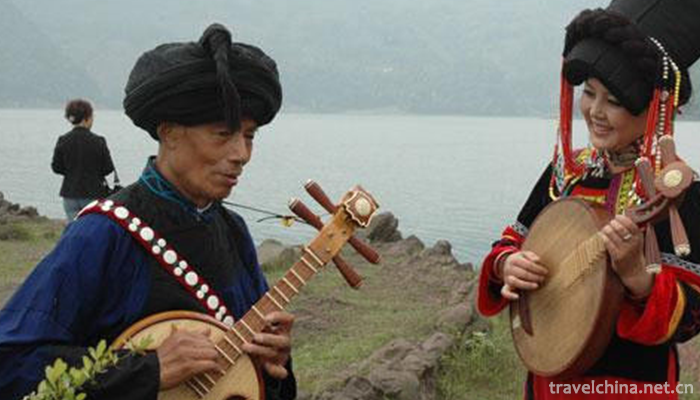
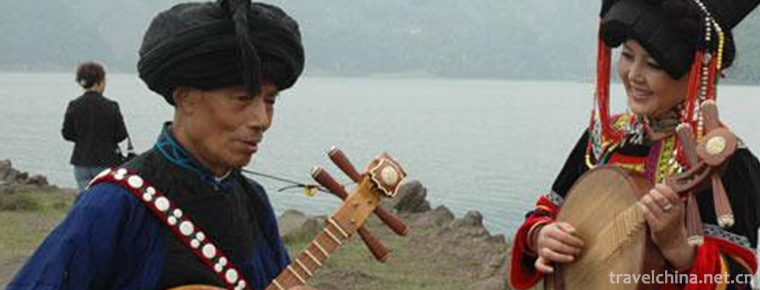
Yi Folk Songs
-
Longwan Seaside Scenic Area
Longwan Beach, also known as Longwan Beach Scenic Area, spans Xingcheng City and Longgang District. The total length of the coastline is more than 3000 meters, covering an area of 10.9 square kilomete
Views: 154 Time 2019-02-06 -
Weihai Tianmu Hot Spring Resort
Tianmu Hot Spring Resort Project invested 600 million yuan by Zhuhai Tianmu Group. A total of 35,000 square meters were opened in September 2008.
Views: 99 Time 2019-02-22 -
Xishuangbanna Tropical Flower Garden
Xishuangbanna Tropical Flower Garden is located in Yunnan Institute of Tropical Crop Sciences, Jinghong City, Xishuangbanna Prefecture, Yunnan Province. It covers an area of 80 hectares and is one of
Views: 161 Time 2019-02-25 -
Manufacturing Techniques of Tussah Paper
The manufacturing history of tussah paper is as long as that of linen paper. The raw material for making the paper is the phloem fibers of the tree. The bark of the tree contains wood phloem fibers wh
Views: 196 Time 2019-04-18 -
Two clip string
Two chords, also known as the "big five tones" by the masses. One of the traditional Chinese operas. It is mainly popular in Western Shandong, Eastern and Northern Henan,
Views: 141 Time 2019-04-28 -
Canadian Tibetan carpet weaving skills
Canadian Tibetan carpet weaving skills, traditional handicraft in Huangzhong County, Qinghai Province, one of the national intangible cultural heritage.
Views: 119 Time 2019-05-05 -
Lv Opera
Lv Opera, also known as masqueraded Yangqin and Qinxi Opera, National intangible cultural heritage, one of the eight major Chinese operas, Shandong's most representative local operas, is popular in mo
Views: 180 Time 2019-05-15 -
Ningxia Xiaoqu
Ningxia Xiaoqu, a national intangible cultural heritage project, is a traditional rap art form with strong local characteristics.
Views: 238 Time 2019-06-08 -
Qin opera
Qin Opera, also known as Bangzi Opera, is a traditional drama in Northwest China and one of the national intangible cultural heritage.
Views: 249 Time 2019-06-10 -
Wu Anpings tune
Wu'anping DiaoLaozi originated in the late Ming and early Qing Dynasty. Wu'anping DiaoLaozi and Wu'anluozi are two unique local operas in Wu'an City, Hebei Province. They are often performed together.
Views: 325 Time 2019-06-30 -
History and culture of Mianyang
Located 47 kilometers south of Santai County, Qijiang ancient town was once the capital of Qi state during the spring and Autumn period and the Warring States period. Every year on the 27 to 28 May of the lunar calendar, all the male and female believers around
Views: 246 Time 2020-12-14 -
Mianyang scenic spots
Mianyang City is a famous historical and cultural city in Sichuan Province, the main node of the dajiuzhai international tourism circle and the Three Kingdoms Shu Road culture international tourism line. It has a 5A level scenic area of "Beichuan Qiang city tourism area"
Views: 93 Time 2020-12-14


